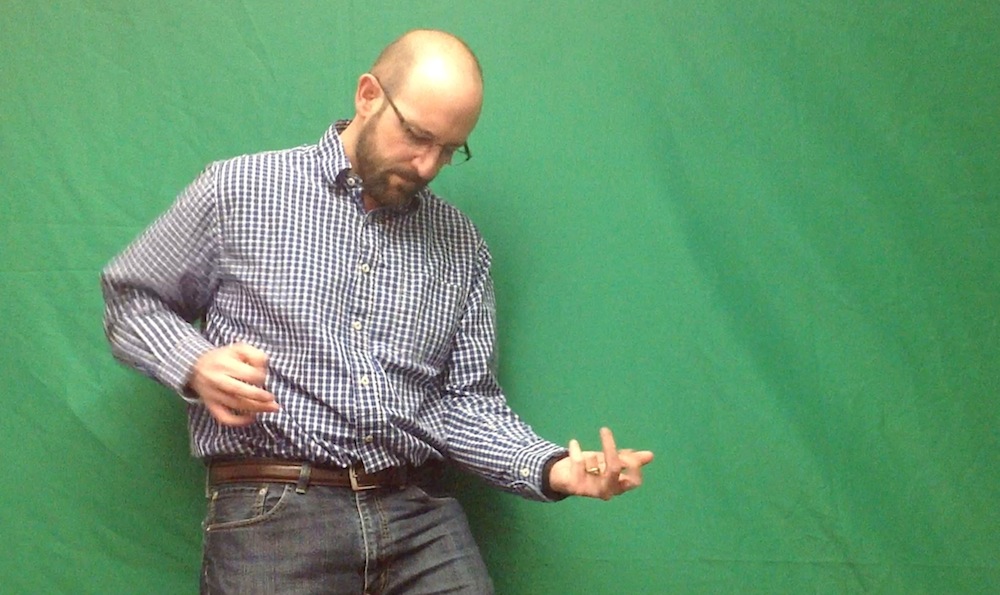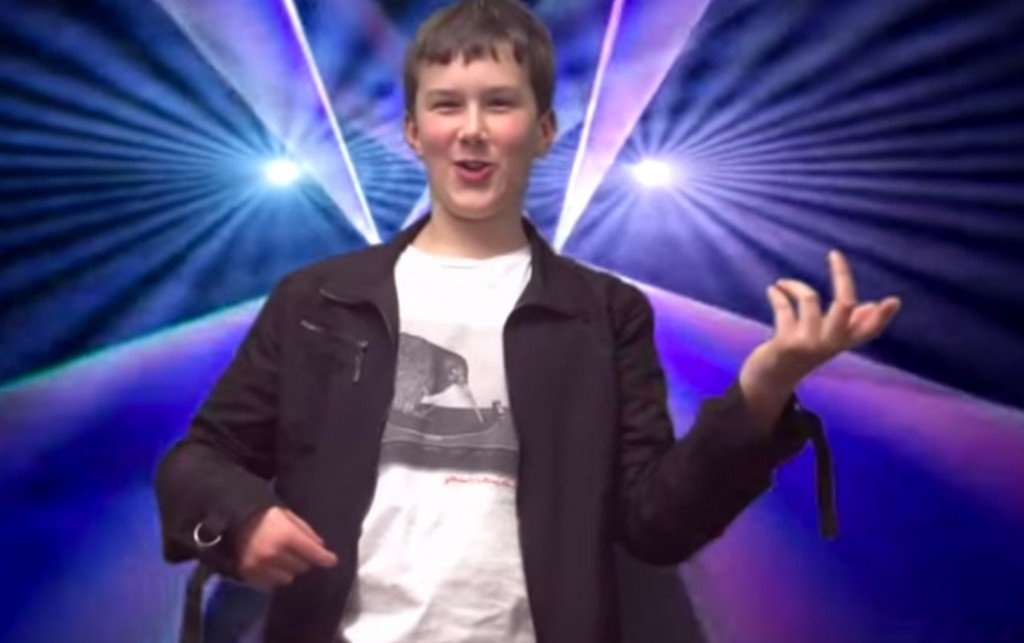Probably the most rewarding thing Brian and I did on the You Show was our series of introductory videos. The ironic thing is that they are not even essential to the “content.”
I’ve been thinking about that nearly all of the emphasis on the use of video in online learning is on lectures or as course trailers (which are not a bad idea).
But they are nearly always at service to… The Content.
So the videos we made are not integral to The Content. If this were a course, not watching them would not have a performance impact?

Why do this? Why spend a few hours a week producing content that does not serve The Content? Because (a) it creates a narrative thread for a course; why is the flow of a course dictated by the peaks and valleys of assessment? But more so, (b) in doing so, it gives us as course leaders a chance to talk about and think about what we are doing from a stand back perspective. Plus (c) we learn a bunch of production skills. And (d) it is damn fun.
So we have an entire series now. The idea from the beginning was that we would play with the movie producing metaphor and the idea of having a “front stage” (Brian and I on camera) and a “back stage” (us playing the critical know it all tech guys in the back). Here is a good hour of quasi questionable video
The thing was we did not have a narrative arc in mind, a lot of this evolved as we went week to week. I intended from the outset to not ask the quite capable media TRU skills here of Jon Fulton to do it for us; that we should use the same technology our participants might have (video recorded on an iPad and edited in iMovie).
But after the first video, in which the lighting and camera angle were poor (thanks for pointing this out, Sandy) we got the idea that with each episode, the production quality would get better (hopefully we did that). I did have an idea when we did the first one that the intro sequence would be with a crude sketched logo and some bad clip art music:

Then as we moved into units of visuals, design, and audio the intro sequence would improve in kind.
That idea of an evolution led us to also think that the inept hosts would evolve too, their skills, knowledge etc would increase (as we hoped participants would), so that later in the series the “tech guys” would be less necessary (bored and playing cards in episode 4, being sent out to be useful and get coffee in episode 5, and actually gone in episode 6).
This was done rather guerrilla style. I sketched out ideas as a script (see them all in google docs), often the days before or even the day of our video sessions. For the most part we did one take sessions.
We had fun with cameos by D’Arcy Norman (dissing our sound in Episode 4 plus rushed by fans to the green screen) and Tannis Morgan (brilliantly playing The Consultant from Vancouver in Episode 5). Nancy White made a “sketchy” appearance in Episode 3. Our colleagues in Breaking Band made the raucous music in Episode 4.
Brian’s son Harry was a regular character (including punk rock bass player), as well as doing some second camera footage for the side shots in the first 4 episodes. And our TRU student worker Teshu came in episode 6 giving the hosts the ultimate compliment– that they don;t need to the terch guys).

Plus we had “the real tech guys” Jon and Bob come in during the remake incident of episode 5 (they both ham it up). Jon gave us the better quality video of episodes 5 and 6.
As part of the “way” of the You Show, each episode was shared as a Front Stage blog post followed by a Back Stage Making Of post, in which I outlined what went into the production and its editing. In the last three episodes I was motivated to go into the extra footage to create outtakes.
I learned a heck of a lot to push iMovie’s limits in editing. This was the first time I used multi-camera edits, as well as the first green screening, and learned a bunch of other tricks I will take forward.
And there was a huge amount of satisfaction in seeing how the idea for an episode could be outlined and then come to be, often with a number of plot changes put in as we shot the video.
Would I recommend everyone do this? Heck no. Was it necessary for the open seminar we planned? Probably not. You have to be a bit mad and very compulsive (or is it obsessive?).
Was it worth it? I think you know my answer.

